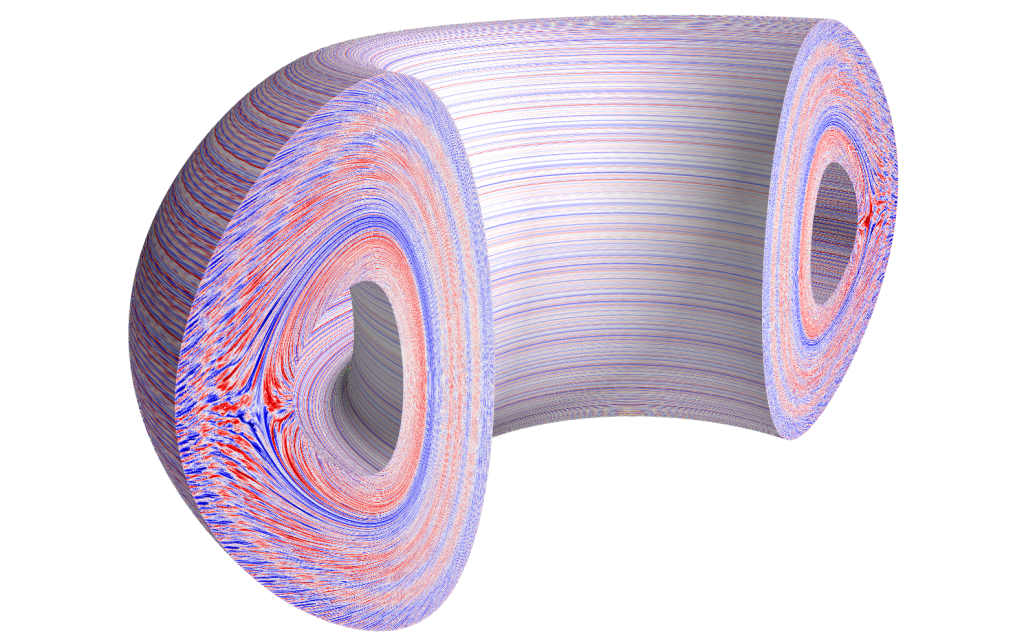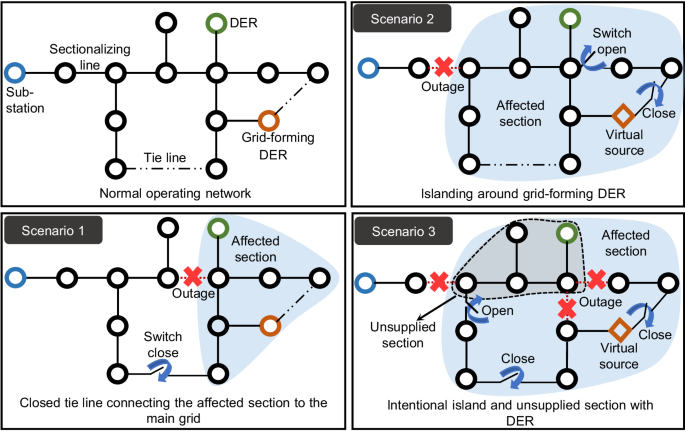2024-06-24 オークリッジ国立研究所(ORNL)
 Researchers used the CGYRO gyrokinetic code to create a multiscale simulation of plasma temperature fluctuations driven by turbulence. The model was based on data from DOE’s DIII-D National Fusion Facility for an “ITER baseline” tokamak scenario. Credit: Emily Belli, General Atomics.
Researchers used the CGYRO gyrokinetic code to create a multiscale simulation of plasma temperature fluctuations driven by turbulence. The model was based on data from DOE’s DIII-D National Fusion Facility for an “ITER baseline” tokamak scenario. Credit: Emily Belli, General Atomics.
<関連情報>
- https://www.ornl.gov/news/using-ornls-frontier-supercomputer-researchers-discover-new-clues-improving-fusion-confinement
- https://iopscience.iop.org/article/10.1088/1361-6587/ad2c28
マルチスケール電子乱流の流動せん断不安定化 Flow-shear destabilization of multiscale electron turbulence
E A Belli, J Cand and I Sfiligoi
Plasma Physics and Controlled Fusion Published: 7 March 2024
DOI:10.1088/1361-6587/ad2c28
Abstract
The impact of sheared × flow on multiscale turbulence is studied with nonlinear gyrokinetic simulations. Simulations are based on DIII-D-like, high-confinement mode (H-mode) pedestal parameters in the regime of low ion temperature gradient drive, where there is a broad spectrum of electron temperature gradient (ETG)-driven turbulence. It is found that × shear can have a significant effect on ETG-driven electron transport, with an unexpected transition from a turbulence stabilization regime at moderate to large shearing rates γE to a novel turbulence destabilization regime at low levels of γE. In the turbulence stabilization regime, the electron energy flux decreases monotonically with γE, even when γE is small compared to electron mode growth rates. The stabilizing effect comes dominantly from the electron, not ion, gyrokinetic equation. In the novel destabilization regime, reduction of zonal energy results from the interaction of γE-modulated nonlinear drive in the zonal ion gyrokinetic equation, increasing the electron transport over a broad range of shearing rates. Neither of these effects have been observed in previous electron-scale simulations.



